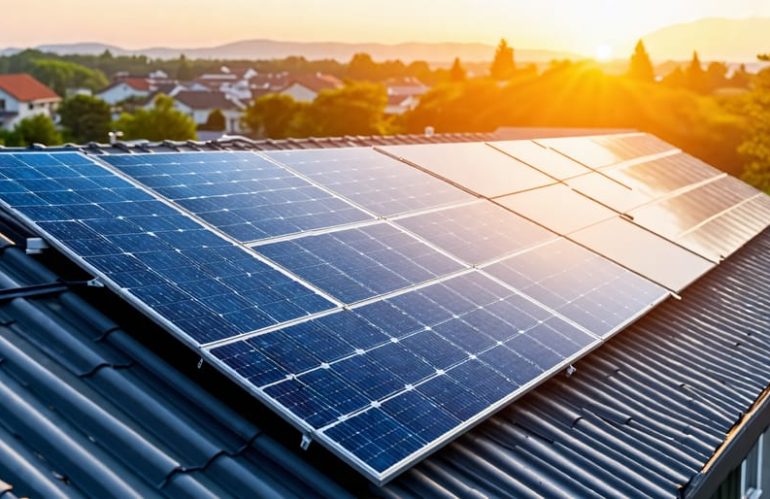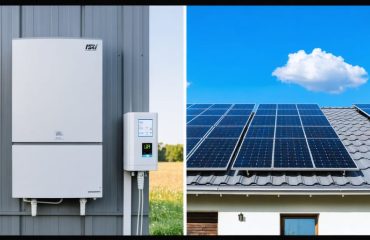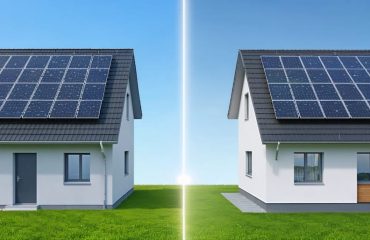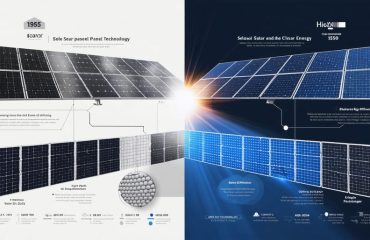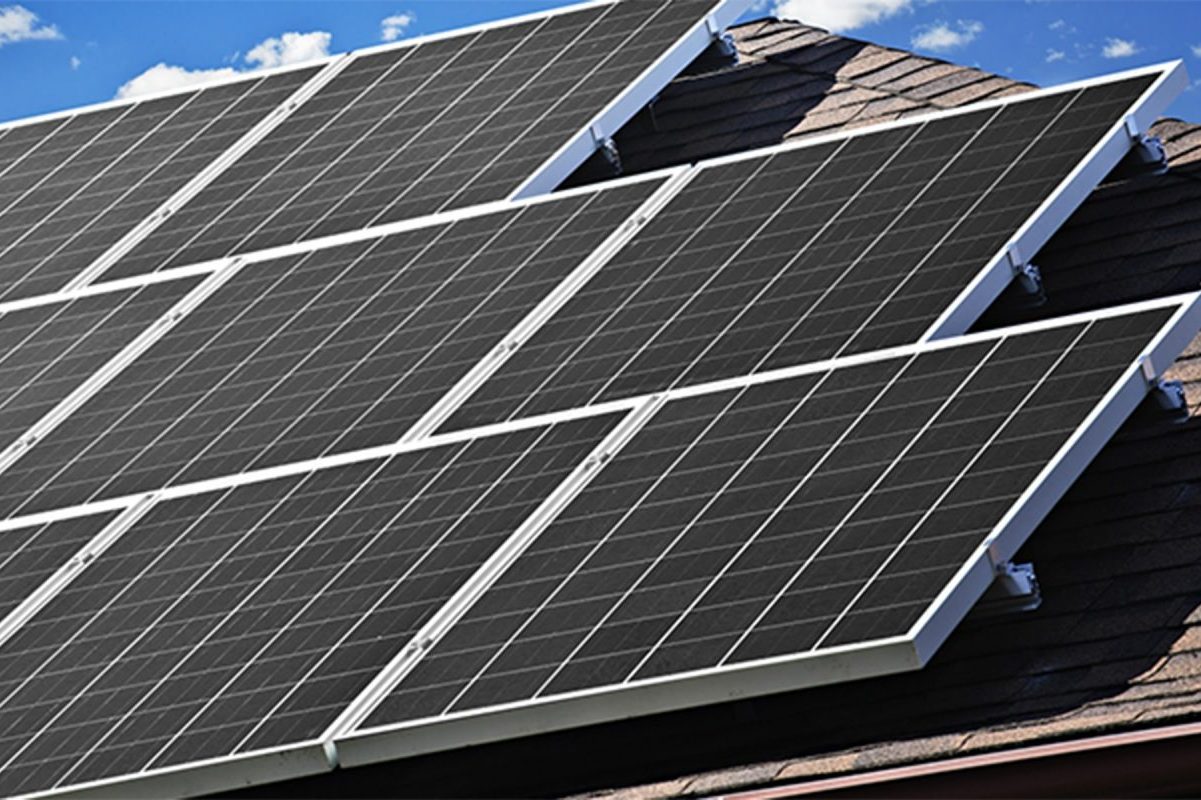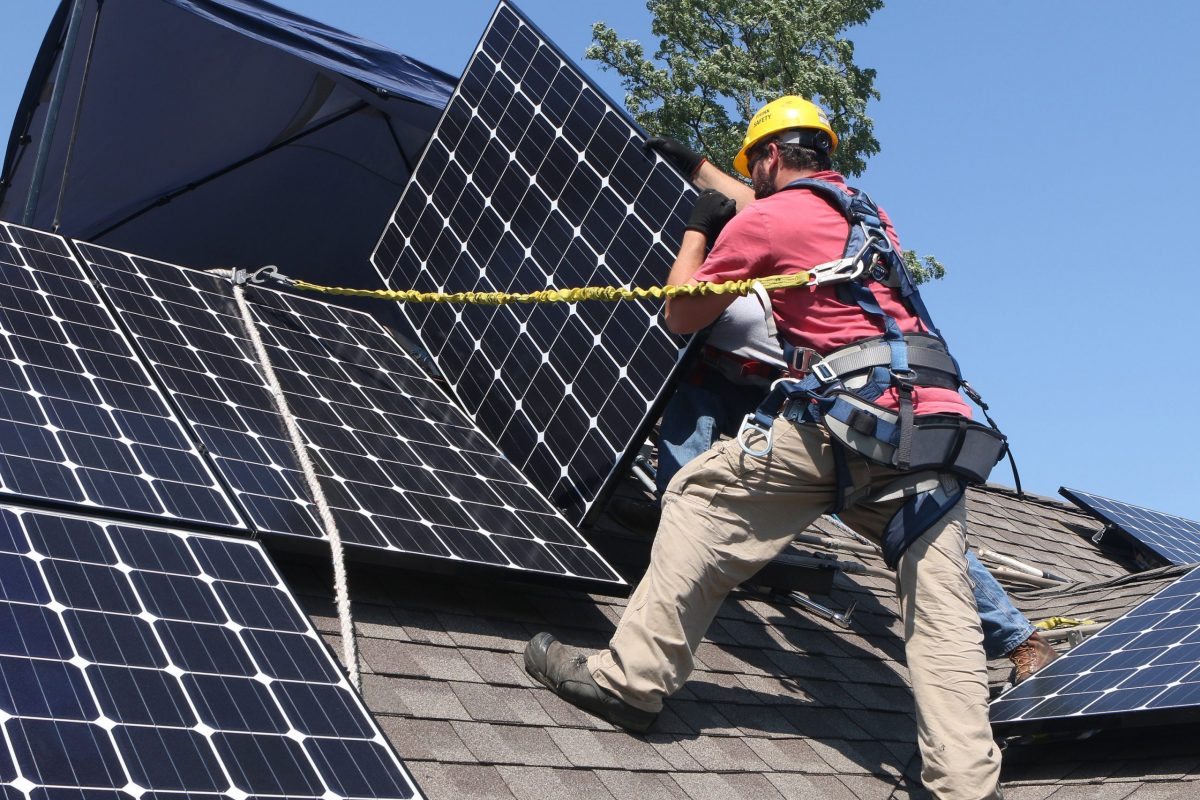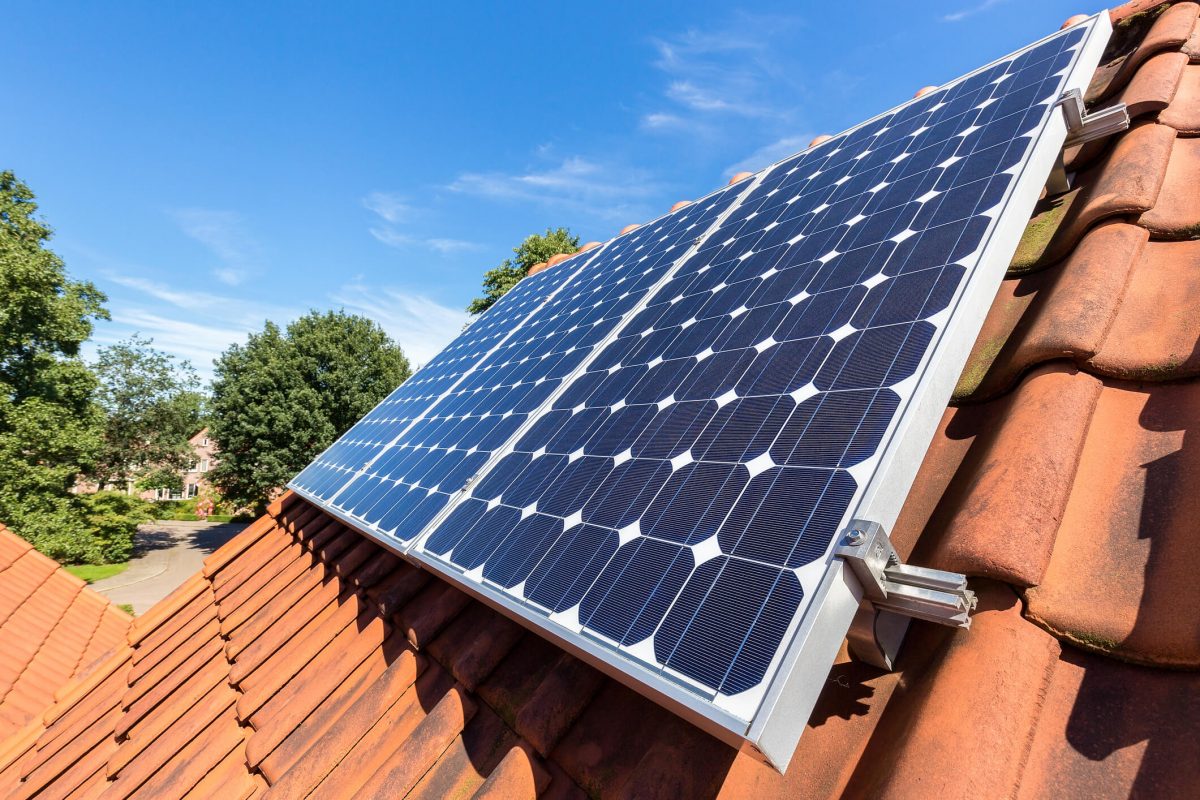Compare cell types, efficiency ratings and warranties to find the best solar panels for your home. Monocrystalline panels offer top efficiency but higher costs, while polycrystalline provides good performance at lower prices. Look for minimum efficiencies over 15% and aim for 25+ year warranties on performance and workmanship. Factor in your roof characteristics, energy needs and budget to select the optimal size, output and configuration to maximize savings and ROI.
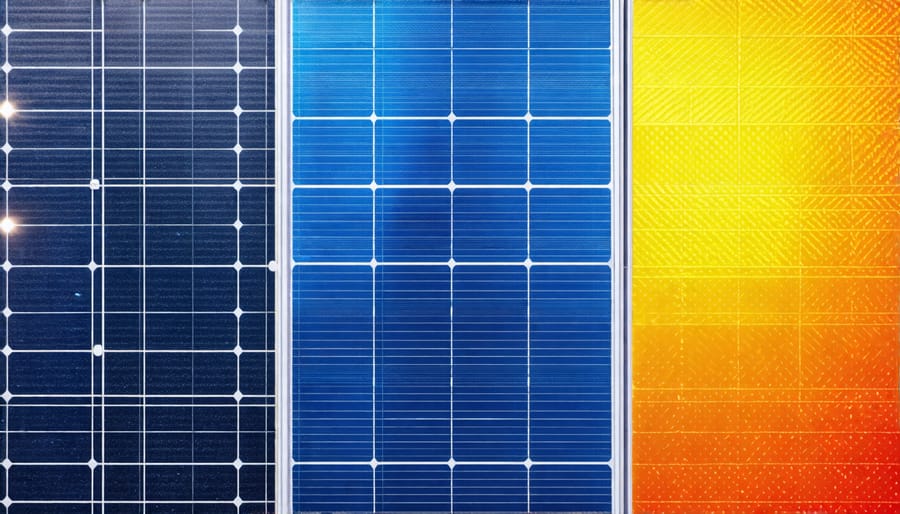
Solar Cell Types
Monocrystalline Cells
Monocrystalline solar cells are made from a single, pure crystal of silicon, resulting in a sleek, uniform appearance. Their high efficiency ratings, typically between 17-22%, make them an excellent choice for those with limited roof space who want to maximize energy production. Monocrystalline panels perform well in low-light conditions and high temperatures, ensuring consistent output. While they tend to be more expensive upfront compared to other cell types, their superior efficiency and long lifespan often make them a cost-effective investment in the long run. Homeowners looking for a reliable, aesthetically pleasing option that can deliver substantial energy savings should consider monocrystalline solar panels. With proper installation and maintenance, these cells can provide clean, renewable energy for your home for decades to come, helping you reduce your carbon footprint and enjoy the benefits of sustainable living.
Polycrystalline Cells
Polycrystalline solar cells, also known as multi-crystalline cells, are made from multiple silicon crystals melted together and cooled into a solid block. This manufacturing process is simpler and less expensive than monocrystalline cells, resulting in a lower price point for consumers. However, polycrystalline cells are slightly less efficient, typically reaching 13-16% efficiency compared to monocrystalline’s 15-20%. They also have a less uniform appearance, with a speckled blue color.
Despite lower efficiency, polycrystalline panels can be an excellent choice for homeowners with ample roof space and those looking for a more budget-friendly option. They perform well in high-temperature conditions and can be an ideal solution for warmer climates. When considering polycrystalline panels, it’s essential to factor in the available space and your energy needs to ensure they can generate sufficient power for your household.
Thin-Film Cells
Thin-film solar cells are made by depositing one or more thin layers of photovoltaic material onto a substrate, such as glass, plastic, or metal. These lightweight, flexible cells can be integrated into building materials like roof shingles or facades. While less efficient than crystalline silicon cells, thin-film panels are cheaper to manufacture and perform better in low-light conditions. They’re also less affected by high temperatures. However, they require more space to generate the same amount of power as crystalline panels. Thin-film cells are commonly used in large-scale commercial installations, portable electronics, and innovative applications like solar shingles for residential roofs.
Panel Efficiency Ratings
Panel efficiency is a critical factor to consider when evaluating solar panels for your home. Essentially, panel efficiency refers to the percentage of sunlight that a solar panel can convert into usable electricity. The higher the efficiency rating, the more power your system will generate from the same amount of sunlight, meaning you’ll need fewer panels to meet your energy needs.
While panel efficiency has improved significantly in recent years, most residential solar panels on the market today range from 15% to 22% efficiency. High-end monocrystalline panels typically offer the best efficiency ratings, often exceeding 20%. Polycrystalline panels, on the other hand, usually fall in the 15-17% range. Though these differences may seem small, they can have a notable impact on your system’s overall performance and the space required for installation.
When shopping for solar panels, it’s important to strike a balance between efficiency and cost. Higher efficiency panels may come with a heftier price tag, but they can be a smart investment if you have limited roof space or want to maximize your energy production. On the other hand, if you have ample room for panels and are working with a tighter budget, slightly less efficient options can still provide significant savings on your energy bills.
Keep in mind that panel efficiency is just one piece of the puzzle. Factors like your location, roof orientation, and shading can also influence your system’s performance. Working with a knowledgeable solar installer can help you navigate these considerations and select the best panels for your unique needs and goals.
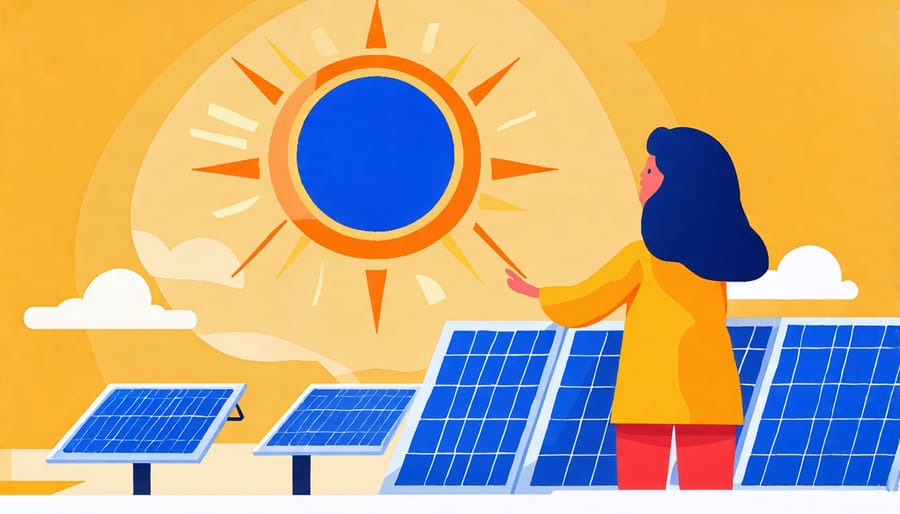
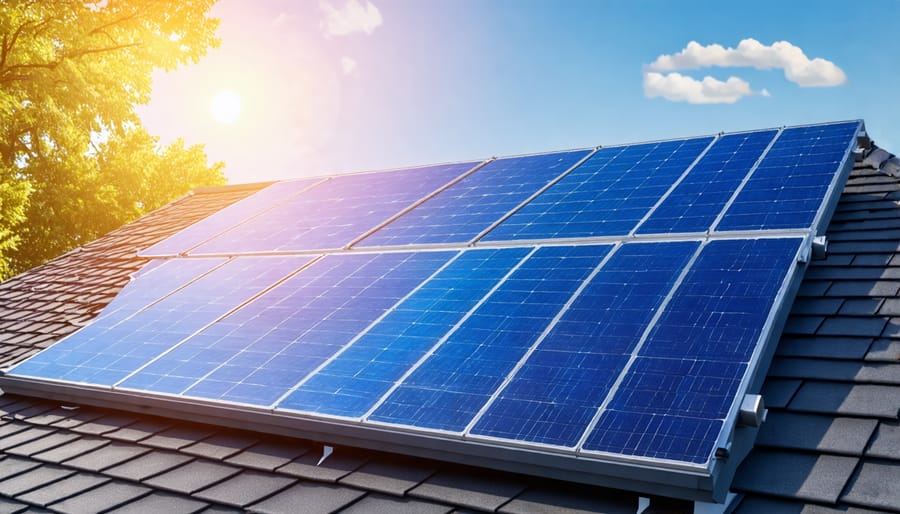
Power Output and Wattage
Power output is a crucial factor to consider when comparing solar panels, as it determines how much electricity a panel can generate under optimal conditions. The power output is typically measured in watts (W) and is often referred to as the panel’s wattage rating. This wattage rating represents the maximum amount of power a panel can produce when exposed to standard test conditions, which include a cell temperature of 25°C (77°F) and an irradiance of 1,000 watts per square meter.
Residential solar panels generally have wattage ratings ranging from 250W to 400W per panel, with higher-wattage panels being more efficient and capable of producing more electricity. For example, a 300W panel will generate more power than a 250W panel under the same conditions. When designing a solar panel system for your home, the total wattage of the system will depend on factors such as your energy consumption, available roof space, and budget.
It’s essential to note that a panel’s actual power output will vary depending on real-world conditions, such as the angle and intensity of sunlight, temperature, and shading. However, the wattage rating provides a standardized way to compare the potential output of different solar panels and estimate the overall capacity of a solar panel system. By understanding the significance of power output and wattage, homeowners can make informed decisions when selecting solar panels that best suit their energy needs and maximize the environmental and financial benefits of going solar.
Durability and Warranty
When it comes to solar panels, durability is a crucial factor to consider. Solar panels are exposed to the elements, including harsh weather conditions, temperature fluctuations, and UV radiation. High-quality panels are designed to withstand these challenges, ensuring consistent power output and a long lifespan. Look for panels with robust frames, tempered glass, and high-grade materials that can resist degradation and corrosion.
Warranties provide peace of mind and protect your investment. Most solar panel manufacturers offer warranties covering both the equipment and its performance. Equipment warranties typically range from 10 to 25 years and cover defects in materials and workmanship. Performance warranties guarantee a minimum power output over the panel’s lifetime, often promising 90% of the rated output for the first 10 years and 80% for the remaining 15-25 years.
However, warranties can vary significantly between manufacturers. Some offer more comprehensive coverage, while others have shorter terms or more restrictive conditions. When comparing solar panels, carefully review the warranty details, including the length, coverage, and any exclusions or limitations. Consider the manufacturer’s reputation and financial stability, as a warranty is only as good as the company backing it.
Investing in durable, high-quality panels with strong warranties can provide long-term savings and reliable performance. While they may have a higher upfront cost, the peace of mind and protection they offer can be invaluable over the 25+ year lifespan of your solar system. By choosing panels with proven durability and robust warranties, you can enjoy the benefits of clean, renewable energy with confidence for decades to come.
Cost Comparison
The costs for different types of panels can vary significantly, with monocrystalline panels typically being the most expensive, followed by polycrystalline and thin-film options. However, it’s important to consider the long-term value and energy production potential when comparing prices. Monocrystalline panels, while pricier upfront, offer the highest efficiency and durability, potentially leading to greater savings over time. Polycrystalline panels provide a balance between cost and performance, making them a popular choice for many homeowners. Thin-film panels, although less expensive, generally have lower efficiency and may require more space to generate the same amount of power as crystalline options.
When budgeting for your solar installation, be sure to factor in available incentives and rebates, which can significantly reduce your overall costs. Federal tax credits, state and local incentives, and utility company programs can all help make going solar more affordable. Additionally, many installers offer financing options, such as loans or leases, which can spread out the initial investment and make it easier to fit solar into your budget. By carefully considering the long-term financial benefits and taking advantage of available incentives, you can find the right balance between upfront costs and ongoing energy savings for your home.
Conclusion
In conclusion, understanding the key differences between solar panel options is essential for homeowners looking to make an informed decision. Factors such as cell type, efficiency, power output, durability, and cost all play a significant role in determining the best solar panel system for your specific needs. While monocrystalline panels offer higher efficiency and sleeker aesthetics, polycrystalline panels provide a more budget-friendly option without compromising too much on performance. Ultimately, the choice depends on your unique requirements, budget, and long-term goals. To ensure you make the right decision, it’s crucial to consult with a trusted solar expert who can assess your home’s specific needs and recommend the most suitable solar panel solution. By investing in the right solar panel system, you can enjoy substantial energy savings, reduce your carbon footprint, and contribute to a more sustainable future.

